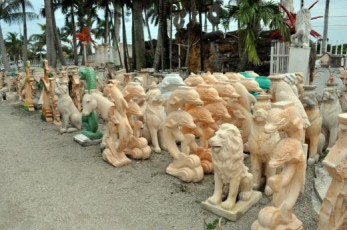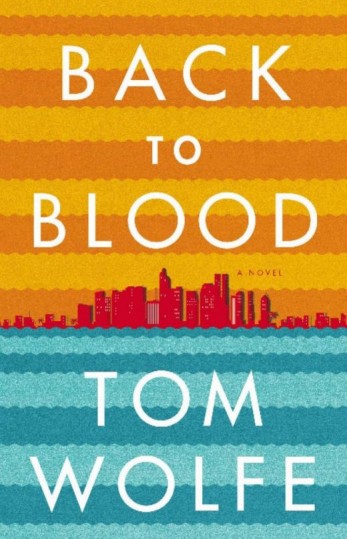South Floridians already know what recent census data tells us: increasingly, urban living is actually suburban living. Today’s American cities continue to spread well beyond their traditional urban cores, transforming former farm fields, forests, and wetlands in the process. In South Florida, the suburbs connect and subvert the boundaries of once distinct cities. They are patchy landscapes where residential developments, strip malls, and autorepair shops intermingle. The suburbs are also the place most of us call home. Perhaps it is this very intimacy we have with the suburbs that accounts for the widespread anxieties they seem to produce.
I walked twenty blocks from Wynwood to Downtown Miami before I took a car back along the same route an hour later. At a foot pace, the garages and open lots showed me their garbage, their tired weeds, their trucks parked at extravagant angles. The limp X where the train tracks meet North Miami Avenue was a real no-man’s land: left without a curb or a zebra, I scurried across to the safety of the shady sidewalk beside the cemetery. On the return drive, the street-level entropies receded from my sped-up gaze, which took in the horizons of high-rises, the persuasive lines of the city in its totality.
Andy came in to work on his sculpture. Andy’s hair is nonstop bright orange and the orange bursts in every direction. He said I looked sick and I told him I’m not so bad but I could not really move from where I am still laying now. He chipped away at the clump of 2×4’s he’s glued together and now that chipped clump is painted bright orange and is drying. Now I am sweating and I cannot move and everything hurts.
The pleasure of cratered statues. Flowers of fractured cubes and mannequin bouquets. Creams, Latin grammar manuals and the seams of torn fabrics. Yarn from childish dolls and little brittle hairs. An aisle lost in aisles of aisles and aisles alone. Rafters, ice-skating bandages and shattered ceiling candles. Taboo of wax grapes and petit-bourgeois artichoke convolutions. Panels of copper-piping virgins. Post-it-notes and sprained-ankle pamphlets. The coverlet of your pillow. Unfathomed wheels and hearty transcriptions of Public Discourse. Pearl-eyed banisters and sandwiches wrought in iron. Letter-press monographs on widgets, inflated mistresses and elbow assembly lines.
I first met Tom Wolfe at a table I had booked for lunch in London’s West End. I hadn’t known about the white suit, but there it was, already trademarked, the shoulders filled out then, and the tie a closer match to those electric blue eyes. I don’t remember what we talked about (who used a tape recorder in the Sixties?), just that I was in the presence of a reverse Hemingway paradigm, on literary ground that, if not exactly cracked open, as with Anthony Burgess’s A Clockwork Orange, had at least shifted tectonically. Wolfe’s new journalism pioneered sentences that flung punctuation in the air, printing the dashes and ellipses where they landed and piling electric verbs on kandy-kolored adjectives to catch the zeitgeist of a generation that had moved from baseball and crinolines to racing cars and rags.



